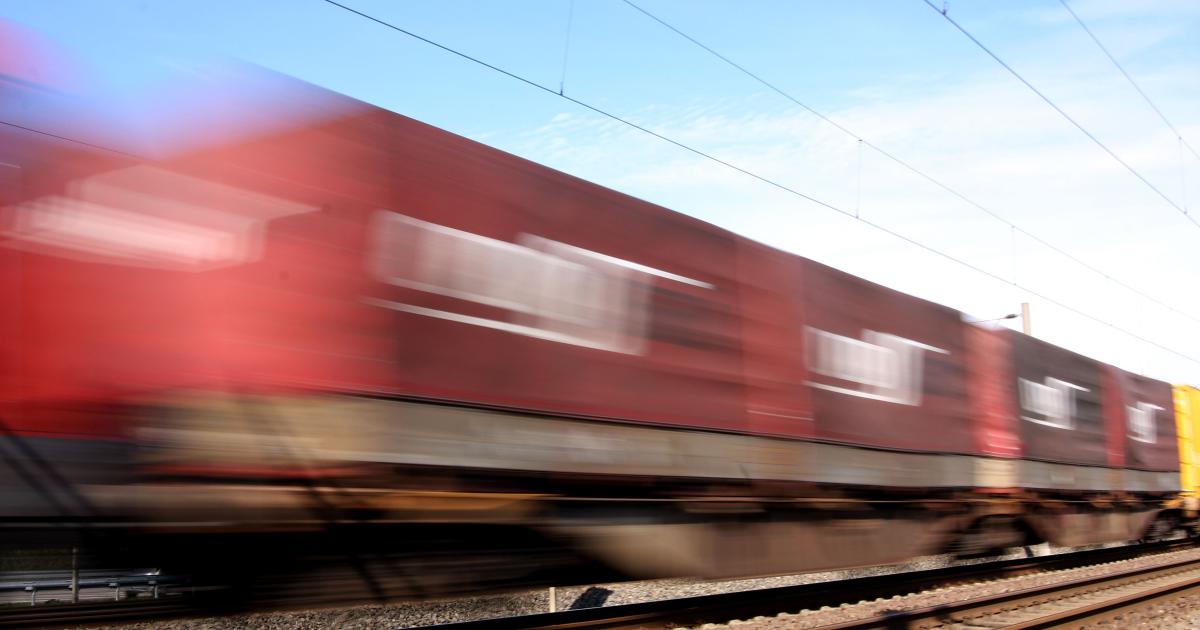With the introduction of the new digital automatic coupling (DAC) in freight transport, a virtual revolution is currently taking place in Europe. And it’s high time for that, because apart from North Korea and North Africa, they’re already happening all over the world. There are even automatic couplers on the wide rail systems in Russia and the Ukraine, says ÖBB CEO Andreas Matthä.
Accidents again and again
Converting the conventional mechanical coupling to digital means that for the first time there is a continuous electrical data connection between the wagons. The operational process changes dramatically. Currently, railway employees have to go and check the entire train. With the new system, the train driver always knows whether the entire train is still there and whether a wagon has been lost.
“Currently, the wagons are still hung together by hand with hooks and eyes,” says Matthä. The railway employee lifts 20 kilograms per coupling, a few tons in one shift. To do this, he has to climb between the wagons, connect hoses and climb out again.
In addition to the physical relief, the work is also much safer, because accidents still happen again and again when the wagons are connected by hand. With the automatic coupling, you only have to pull a cable or press a button when uncoupling, the coupling is fully automatic. With the DAC, Europe is catapulting itself to the top of the world technologically, because such a mature system does not yet exist in other regions of the world, says Matthä.
Great benefit
At the moment, driving is still based on signals, with the automatic clutch only keeping a braking distance, explains the ÖBB boss. This means there is more capacity on the routes. A few percent more is important for freight transport, since the available capacities on the rails are scarce.
The system is currently being developed and should be ready for the market by 2025. It should be implemented across Europe by the end of the 2020s. 450,000 freight cars and 17,000 locomotives have to be converted. The timing is not inopportune as many of the wagons are old.
